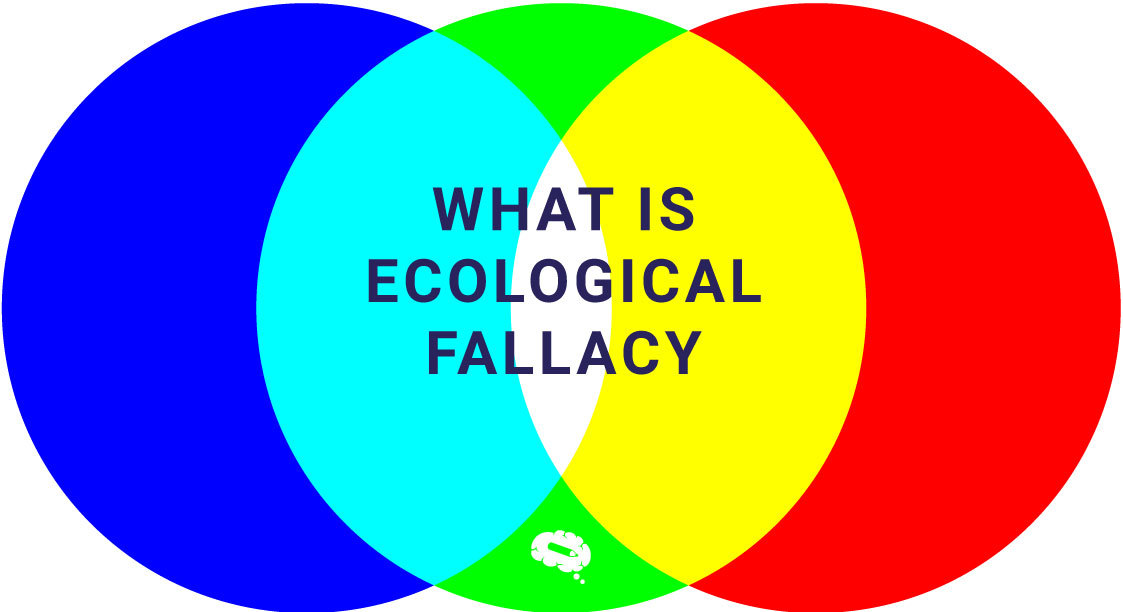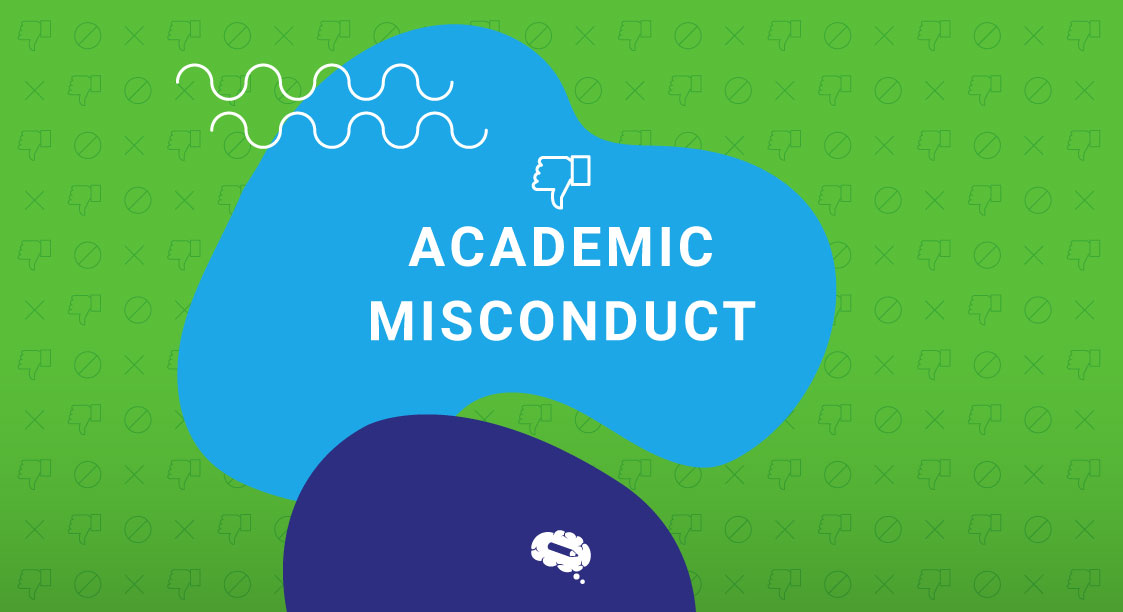Remember in our childhood, when we might have done something wrong and to escape the heated conversations and beatings from our parents, we distracted them by diverting the topic? At first, this may seem a trivial example but this is what we are going to learn about in this article, not how to escape from your parents’ beatings, but about the way you distracted them.
The logical term for this type of action is called the red herring fallacy. There are several concerns about whether this is a felony or something good, as this may help you escape from really bad situations at times, but it can also be used to distract the general public from the larger truth. So, in this article, we are going to discuss deeply what the red herring fallacy is, its purpose, usage, and some examples to make it more understandable.
What is the Red Herring Fallacy?
The red herring fallacy is a rhetorical technique in which tangential or irrelevant information is purposefully introduced to sidetrack or derail an argument in order to divert attention away from the central issue. This strategy is used to deceive or confuse the audience or the opposition while simultaneously making the original argument appear less significant or important.
The term “red herring” comes from the practice of using a strong-smelling fish to distract hunting dogs from the scent of their prey. Similarly, whenever a topic is being diverted by using irrelevant arguments, it is known to be a red herring fallacy.
In a red herring fallacy, the arguer attempts to divert attention from the primary argument or issue to a different one that is simpler to argue about or supports their position. This can be accomplished in a number of ways, such as changing the topic, criticizing the opponent’s persona or goals, appealing to feelings or prejudices, or invoking an unwarranted sense of urgency.
Purposes of Red Herring
The purpose of using the red herring fallacy is to distract or divert attention away from the main issue or argument in order to make the opponent’s argument seem less important or to mislead the audience. Red herring is done in almost every field of work but out of those, we are going to discuss the ones where it is used quite often:
Red Herrings in Debates
Red herrings can be used in debates in a variety of ways. An approach that is frequently used is to raise a tangential issue that is only marginally relevant to the conversation at hand. This strategy can be applied to draw the audience’s attention away from the main point and towards a new subject on which the speaker feels more comfortable speaking.
For example, in a discussion about climate change, a participant may raise the topic of the financial burdens associated with renewable energy sources in an effort to divert attention from the problem of carbon emissions.
Attacking the opponent’s motivations or character during a debate is another common red herring technique. Instead of addressing the core of the opponent’s argument, this strategy seeks to cast doubt on or discredit it by attacking the opponent’s credibility.
A participant in a political discussion, for instance, might attempt to divert attention from their opponent’s policy proposals by criticizing their character or bringing up earlier misconduct. It is important to be aware of the fact that the use of red herrings in debates can be a deliberate strategy employed by a participant who is trying to win at all costs, rather than engaging in a genuine exchange of ideas.
Red Herring in Arguments
Red herrings in arguments are practices one encounter on a regular basis. Psychologically speaking, whenever someone tries to defy our stand at a certain point, it is highly unlikely for a person to leave it and accept their defeat, rather they will try to prove their stand is correct by doing any means necessary.
This may be for an as silly thing as fans supporting an actor who might have done something wrong in real life but their followers would do anything to defy the wrong things and they often use this red herring strategy as a tool to distract the accusers.
It happens in our day-to-day life as well. For example, when someone has a heated argument about a certain topic and they sense that they are losing it, they would definitely try to divert the discussion towards an irrelevant topic in order to maintain their so-called image. This exactly is the red herring argument.
Red Herring in Philosophy and Pedagogy
Red herrings are also commonly used in philosophy and pedagogy, often to avoid difficult questions or topics that may challenge existing beliefs or assumptions.
In philosophy, red herrings can be particularly problematic as they can lead to logical fallacies and prevent genuine exploration and understanding of important topics. For example, if a philosopher is discussing the nature of morality, another person might introduce a completely unrelated topic, such as the existence of God, in order to deflect attention from the main issue.
In pedagogy, red herrings can also be problematic, particularly in the context of classroom discussions and debates. Red herrings can be used by students or teachers as a means of avoiding difficult questions or challenges to existing beliefs.
When Do People Use Red Herring Fallacy?
Red herrings are used by people in a variety of situations, often when they’re attempting to avoid answering a challenging question or win an argument by any means necessary. Red herrings are usually used in the following scenarios:
- Political debates: Red herrings are primarily used to divert attention away from challenging or controversial subjects. Politicians may use red herrings to sidestep discussing their own performance or policies and disparage their opponents’ personalities or goals.
- Advertisements: Red herrings are mostly used in advertising to divert customers’ attention away from a product’s true advantages or disadvantages. Advertisers may use inaccurate or misleading information to make a product appeal more urgent or important than it actually is.
- Personal Relationships: Red herrings may be used in personal relationships to deflect attention from uncomfortable topics or issues. A person might, for instance, bring up a completely unrelated subject to divert attention away from a delicate subject or criticism.
- Business negotiations: In business negotiations, red herrings may be used as a means of distracting the other party from important issues or concerns. A negotiator may bring up an irrelevant topic or offer a red herring as a way of getting the other party to agree to a less favorable deal.
- Academic conversations: Red herrings may be used in academic conversations to sidestep challenging questions. A person may use a red herring as a way of deflecting attention from criticism, or to discredit an opponent’s argument.
Examples of Red Herrings
Red herrings are common in our day-to-day life but we usually tend to ignore them. Here are the examples of red herring fallacy in media and our personal lives:
In the Media
The red herring fallacy in the media occurs when news outlets or politicians use sensational or emotionally charged stories to distract from the original issue. This can be seen in the phenomenon of “click bait” headlines, where news articles are created to attract readers and encourage clicks, even when the content is not particularly noteworthy or important.
For example, a news outlet might publish a story with a headline like “Celebrity X caught in scandal!” Readers who click on the story discover that the scandal is actually not very serious or has nothing to do with the celebrity’s public image. The news source has succeeded in deflecting attention away from events or problems that may be occurring simultaneously.
In Real Life
Here is an example of an incident of the red herring fallacy in real life: During a job interview, the interviewer asks a candidate about their qualifications for the position. Instead of answering the question, the candidate talks about his previous job and how much he enjoyed working there. By bringing up an unrelated topic, the candidate is attempting to avoid answering the question and deflect attention from his lack of qualifications.
Functions of Red Herring Fallacy
The function of the red herring fallacy is to distract from the real issue or topic at hand, often by introducing an unrelated issue or argument. Here are the main functions of the red herring fallacy:
- Diverting attention: The red herring fallacy is frequently used to divert attention away from a specific topic or point of discussion. The speaker can change the course of the conversation and get away from the original subject by bringing up an unrelated subject.
- Deflecting criticism: The red herring fallacy is also used to deflect criticism or avoid blame for actions. By introducing a new issue or argument, the speaker is able to shift attention away from their own mistakes or shortcomings.
- Generating emotional responses: The red herring fallacy is sometimes used to generate emotional responses in the audience. By introducing a topic that is emotionally charged, such as a personal attack or a controversial issue, the speaker is able to appeal to the audience’s emotions rather than their reason.
- Creating confusion: The red herring fallacy can also create confusion about the current problem. The speaker can muddle the discussion and make it difficult for others to understand its true focus by bringing up an unrelated argument or topic.
Overall, the function of the red herring fallacy is to distract, deflect, confuse, and delay. It is a tactic used to avoid engaging in productive and meaningful discussion and can be detrimental to critical thinking, problem-solving, and decision-making processes.
How to Avoid Red Herring Fallacy?
Here are a few tips for avoiding the red herring fallacy:
- Stay focused: When engaging in a discussion or argument, it’s important to stay focused on the topic at hand. Be clear about what you’re discussing and avoid introducing unrelated issues or arguments.
- Identify distractions: If someone else introduces a new argument or topic that seems unrelated to the original discussion, take a moment to identify it as a potential distraction or red herring. Refocus the conversation on the original topic and address the issue at hand.
- Stick to the facts: One way to avoid the red herring fallacy is to stick to the facts. Avoid making personal attacks or introducing emotional arguments that are not directly related to the issue.
- Listen actively: Actively listening to others is an important part of avoiding the red herring fallacy. By listening carefully to what others are saying and responding directly to their arguments, you can avoid getting sidetracked by distractions or irrelevant topics.
- Ask questions: When engaging in a discussion or argument, ask questions to clarify the issue at hand and make sure everyone is on the same page. This can help to prevent misunderstandings and ensure that the conversation stays focused on the relevant topic.
Unleash the Power of Infographics with Mind the Graph
Mind the Graph is a powerful infographic tool that can help scientists enhance the quality of their research papers through simple and attractive visuals. Sign up now to unleash the power of infographics with Mind the Graph.

Subscribe to our newsletter
Exclusive high quality content about effective visual
communication in science.





